The Backwaters Press, 2023
Paperback: $17.95
Genre: Poetry
Reviewed by Jennifer Horne
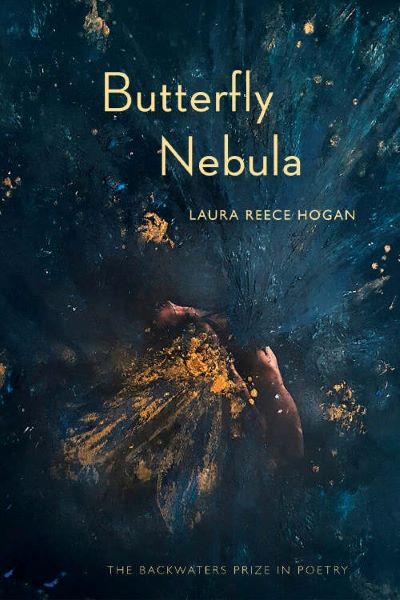 A glimpse into my internet search history while reading this book gives a good indication of its subject matter: firework jellyfish, vampire squid, question mark butterfly, Be star, camel eye of needle, Elysia sea slug, via negativa, Daphne mythology, tiger shark, Microscopium constellation, Hydra constellation, Crux constellation, Telescopium constellation, Phoenix constellation, Siphonophores, praya dubia, manatee nebula, lyrebird, blue hour. Suffice it to say I learned a lot.
A glimpse into my internet search history while reading this book gives a good indication of its subject matter: firework jellyfish, vampire squid, question mark butterfly, Be star, camel eye of needle, Elysia sea slug, via negativa, Daphne mythology, tiger shark, Microscopium constellation, Hydra constellation, Crux constellation, Telescopium constellation, Phoenix constellation, Siphonophores, praya dubia, manatee nebula, lyrebird, blue hour. Suffice it to say I learned a lot.
But reading this book without a dictionary or smartphone in hand would also be highly satisfactory, and none of the poems depend on external knowledge for their enjoyment.
Initially, with so much focus on the natural world in relation to spiritual phenomena, I thought we might be in Transcendentalist territory, hanging out with Emerson and Thoreau. As I read further, I began to hear echoes of John Donne’s Holy Sonnets, George Herbert, and Gerard Manley Hopkins, of female mystics such as Hildegard of Bingen, Julian of Norwich, and Margery Kempe, or of the Sufi ecstatic poet Rumi. (In Coleman Barks’ translation of “Love Dogs,” the praying man who suffers because he hears no response is told, “This longing you express / is the return message.”)
Hogan’s speakers engage with the natural world and the “Beloved” with equal, fierce intensity in a personal, searching voice that demands engagement and attention. An urgency to connect and to understand pervades the book and is catching.
Butterfly Nebula is her third collection of poems (Litany of Flights and O Garden-Dweller are the first two and also intertwine the natural and spiritual worlds) and the winner of the Backwaters Prize in Poetry. An attorney and a Lay Carmelite with an M.A. in Theology, Hogan is also the author of I Live, No Longer I: Paul’s Spirituality of Suffering, Transformation, and Joy. Although only a few of the poems are explicitly Christian, almost all take as a given the ongoing presence of God in the world, from design to intervention to a constant, loving presence. In Hogan’s poems, the spiritual and natural worlds are all part of one, often mysterious, whole. Nature frequently works as a mirror for internal states or abstractions, as in the eleven poems that use an “X as Y” title and structure form: “Heart as Siphonophore,” “Soul As Half Moon,” for example. This active, universal interconnectedness serves as a source of hope (a word that appears several times) and provides a reassuring sense of pattern and purpose. “Bow in the Clouds” asks us to consider “How Noah / kept sending the dove,” and in “Heart As Honeycomb,” the beeswax shows a “trace of divine finger,” “pulsing architectural / evidence // of love” and “of algorithm / secreted in buzzing cells.”
The five sections of the book take their names from the names of constellations: Hydra, Microscopium, Crux, Telescopium, Phoenix, and of the seventy-seven poems, Hogan names twelve after nebulae and five after butterflies. One lens through which to view the book, then, is that of naming, of the human need to understand the visible and invisible world through language. Although, as Hogan writes in “Eagle Nebula,” “Perfect capture eludes the usual / techniques.”
Another mode is by defining what a thing is, and what it isn’t, an approach which includes two traditional theological approaches to defining God. Two of the poems in the book are titled “Via Negativa,” referring to the “negative way” of approaching that which cannot be fully known or explained, often through analogy or prayer. The speaker in “Via Negativa: Corpse Flower” must conclude: “I can’t know your pollination, can only endure / your dismantling hand, your new bloom not of my making.”
At times, I had trouble keeping up with the shape-shifting identities of the “you” of the poem, which can change from poem to poem and might be the Beloved, or the self, or the reader, or some aspect of the world being addressed. One way to approach this is with the idea that if Being is indivisible, all manifestations of it can, on some level, be interchangeable, though still marvelously particular.
I hasten to say at this point that, while the poems are very smart and the range of knowledge impressive, they are also full of linguistic pleasures, of alliteration and assonance and occasional wordplay, of lush imagery that never cloys: “The sea my blustery bed, sky / my blue forgiving. Mistaken for mermaid, misheard” (“Manatee Nebula”) or “what is bright and what is baffling // orb together, full” (“Soul As Half Moon”). Hogan’s attention to the line also makes these poems worthy of rereading: I kept marking lines and phrases that I wanted to revisit: “I scrabble the seam of your silence” (“Coalsack Nebula”); “where larks stitch their nests” (“The Mother Gives Us”); “The tenacity of astronomers, mulish beachcombers / calmly waving metal detectors day in and day out” (Crab Nebula”).
This is one of the best, most imaginative and surprising books I’ve read in a long while. Butterfly Nebula is—dare I say it?—a stellar collection.
Jennifer Horne was the twelfth Alabama Poet Laureate and is the author, most recently, of Odyssey of a Wandering Mind: The Strange Tale of Sara Mayfield, Author and the forthcoming poetry collection Letters to Little Rock.

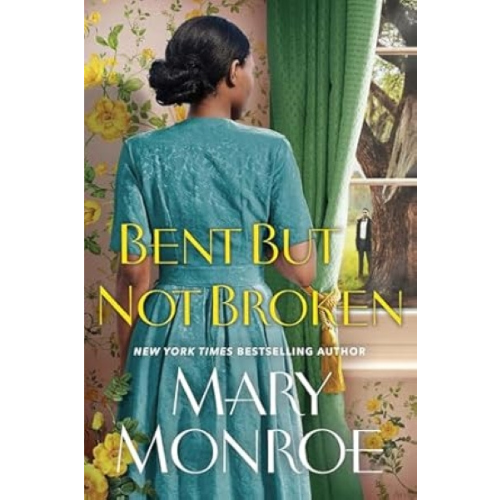
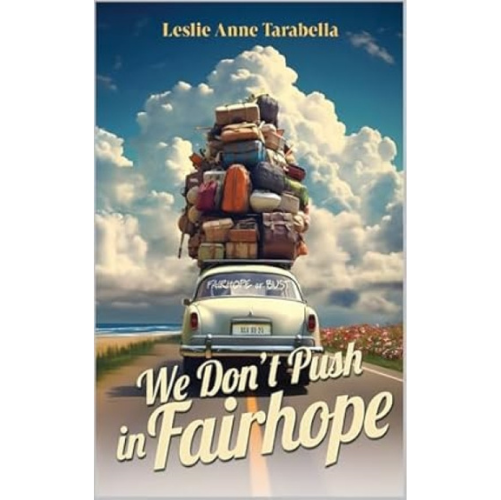
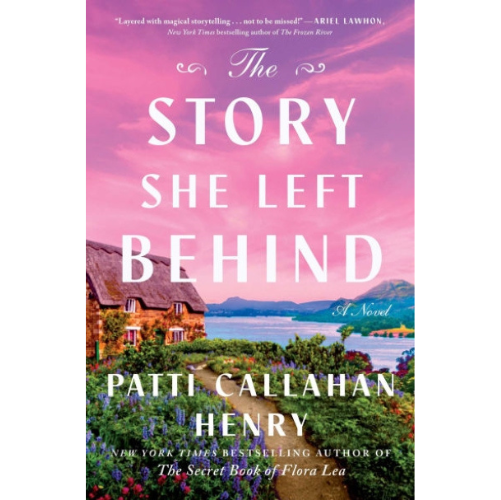
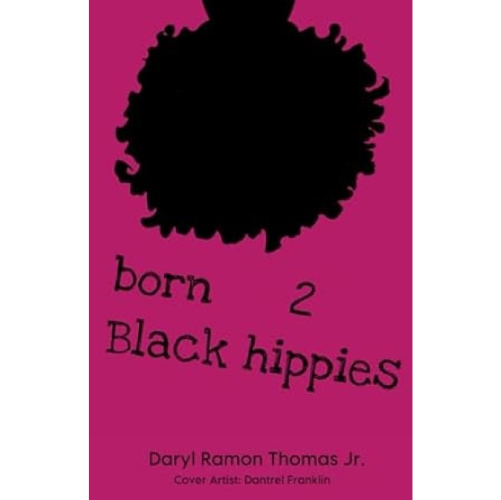

Leave A Comment
You must be logged in to post a comment.